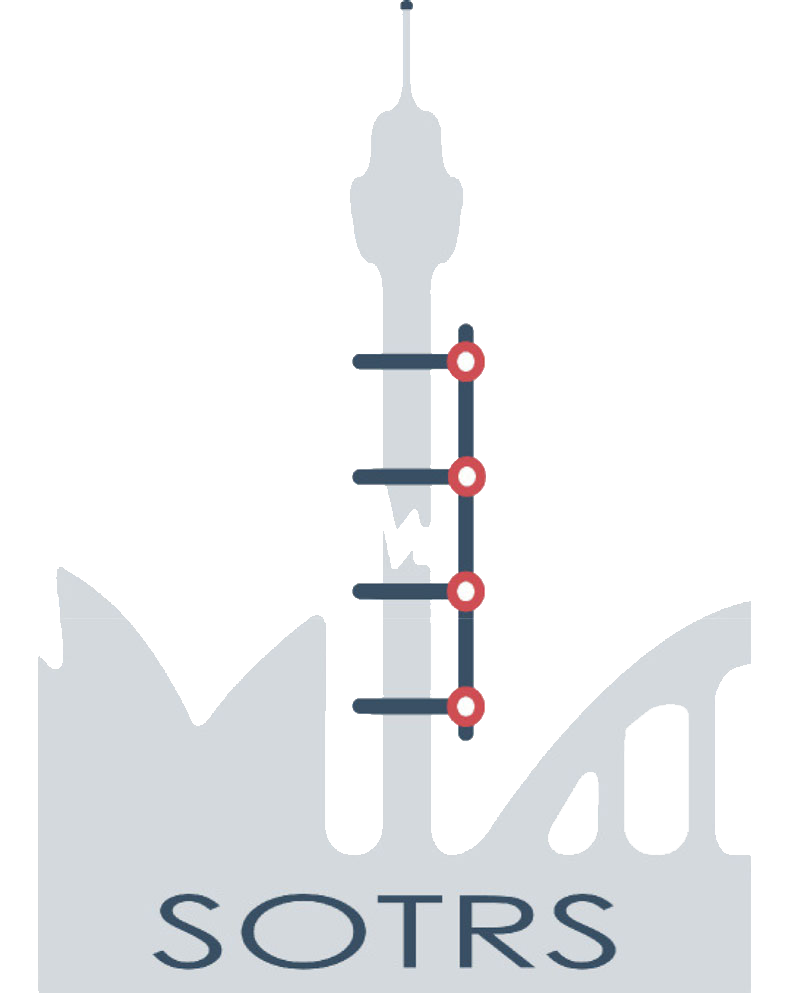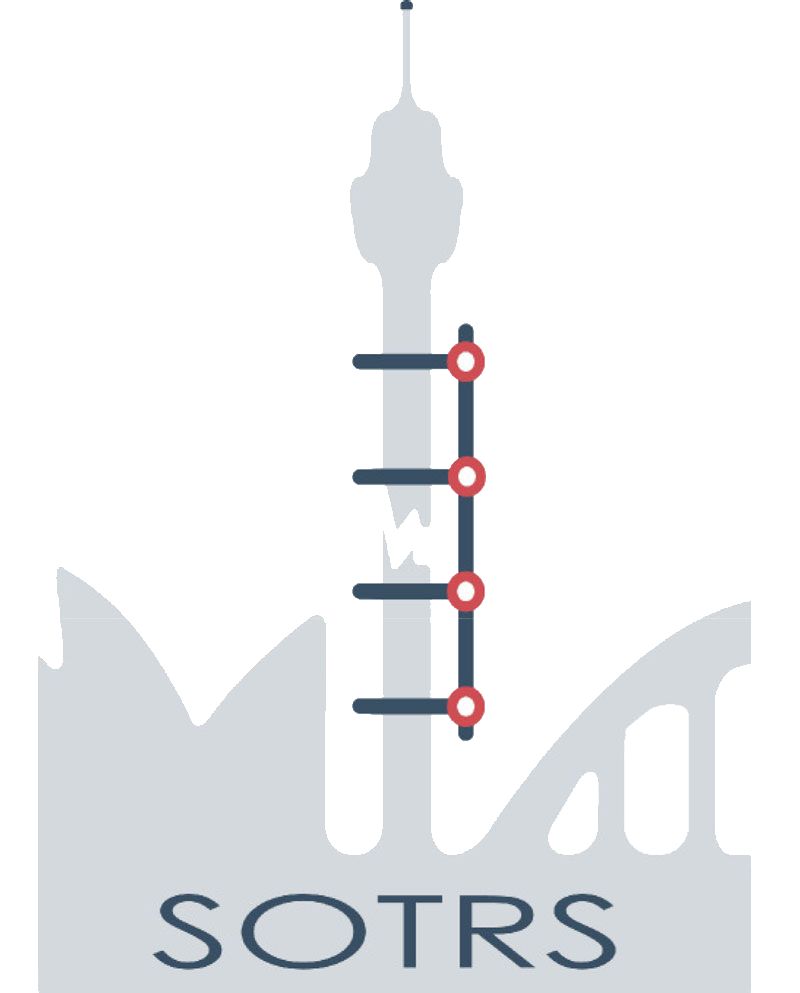The ITB has strong attachments to the patella. Releasing the ITB can allow the patella to be more mobile. In patients with patella tracking problems this procedure may be combined with other surgery to make the patella track better.
In some patients, arthritis can develop between the knee cap and femur. In a select group of patients in whom non-operative treatment has not worked, releasing the ITB may decrease pain by decreasing the pressure on the patellofemoral joint


